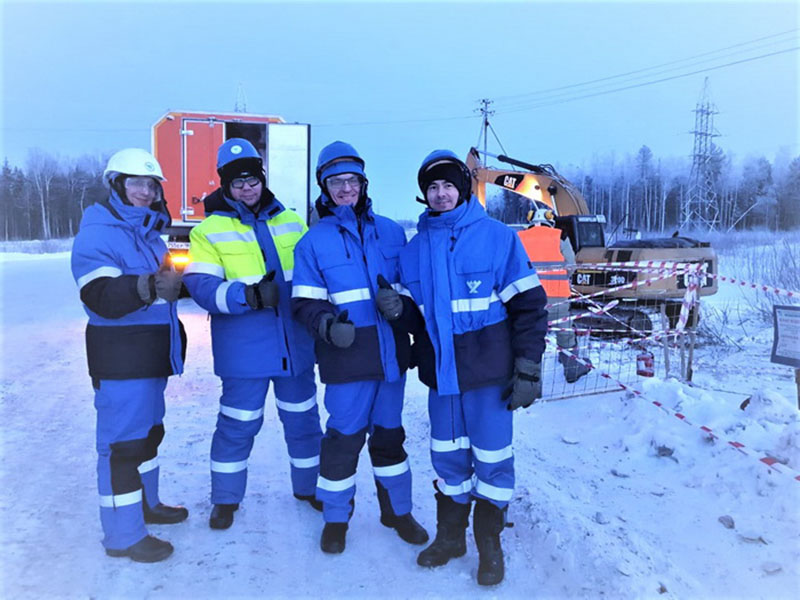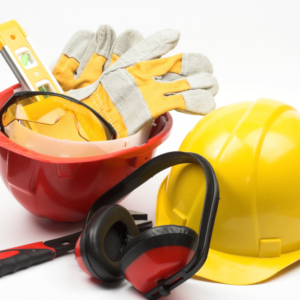As winter’s chill sets in, workers in outdoor and cold environments face increased risks—slips, frostbite, and cold-related injuries. How can you ensure your team stays safe and productive in the face of these challenges? The answer lies in choosing the right winter PPE.
1. Choosing the Right Winter Protective Clothing
Make sure your protective clothing is suitable for cold weather. Opt for materials that are waterproof and insulated. High-visibility winter PPE is essential for maintaining visibility in low-light conditions, ensuring your safety. Look for garments with insulating layers to retain warmth. For example, one of our co-operated Company reported a 20% decrease in cold-related incidents after switching to high-visibility winter jackets. Check out our [High-Visibility Winter Jackets] for safe and effective options.
2. Warm Gloves and Slip-Resistant Boots
When working in winter conditions, keeping your hands and feet warm is vital. Use waterproof and insulated gloves to prevent cold-related injuries. Additionally, ensure your boots have good traction to avoid slips and falls. Insulated boots are recommended to keep you comfortable in chilly weather. After switching to insulated boots, ABC Construction’s workers reported a 30% decrease in foot injuries and an increase in overall productivity, thanks to the use of insulated, slip-resistant boots. Explore our selection of [Insulated Gloves] and [Slip-Resistant Boots] to keep your team safe.
Along with hand and feet protection, your head and face also require extra care in cold weather conditions
3. Selection of Hard Hats and Face Shields
Head and face protection is equally important in cold weather. Ensure your hard hat provides wind and thermal protection, and consider using a face shield or scarf to protect your face from icy winds. Using a face shield can help reduce the risk of frostbite when working outdoors for extended periods.
4. The Importance of Ear Protection and Safety Goggles
Ears and eyes also require protection in cold environments. Choose appropriate ear protection to keep your ears warm, and make sure your safety goggles do not fog up in the cold. For outdoor workers, it’s advisable to select windproof goggles to shield against cold winds and snow. Feedback from users of thermal goggles has shown a significant reduction in discomfort caused by fogging.
5. Regularly Check and Maintain Your PPE Gear
As seasons change, it’s essential to regularly inspect your PPE gear. Ensure all equipment is free from wear and tear, and replace any damaged items to maintain optimal safety. Create a maintenance schedule and checklists to help keep track of your gear’s condition.
Safety Tips for Winter Work
- Stay Hydrated: Dehydration can increase your risk of cold stress, so make sure to drink water regularly.
- Take Breaks: Schedule regular breaks in a warm environment to allow your body to recover.
- Dress in Layers: Layering helps trap heat while allowing you to adjust your clothing based on activity levels.
Reader Interaction
We want to hear from you! What are your go-to winter PPE products? Share your experiences in the comments below, and let’s learn from each other!
Conclusion
The arrival of winter means it’s time to reassess and prepare your PPE gear. Ensuring your equipment is suitable not only enhances work efficiency but also protects you from the harsh effects of cold weather. This winter, safeguarding your health and safety should be your top priority.
Ready to upgrade your winter PPE? Browse our full collection now and ensure your team is ready for the cold season ahead!


